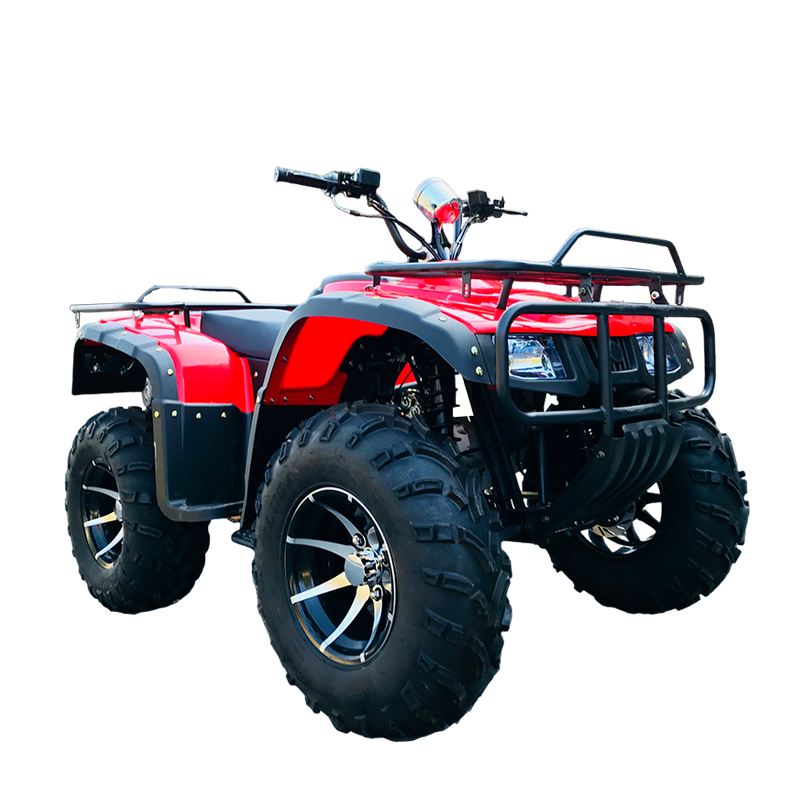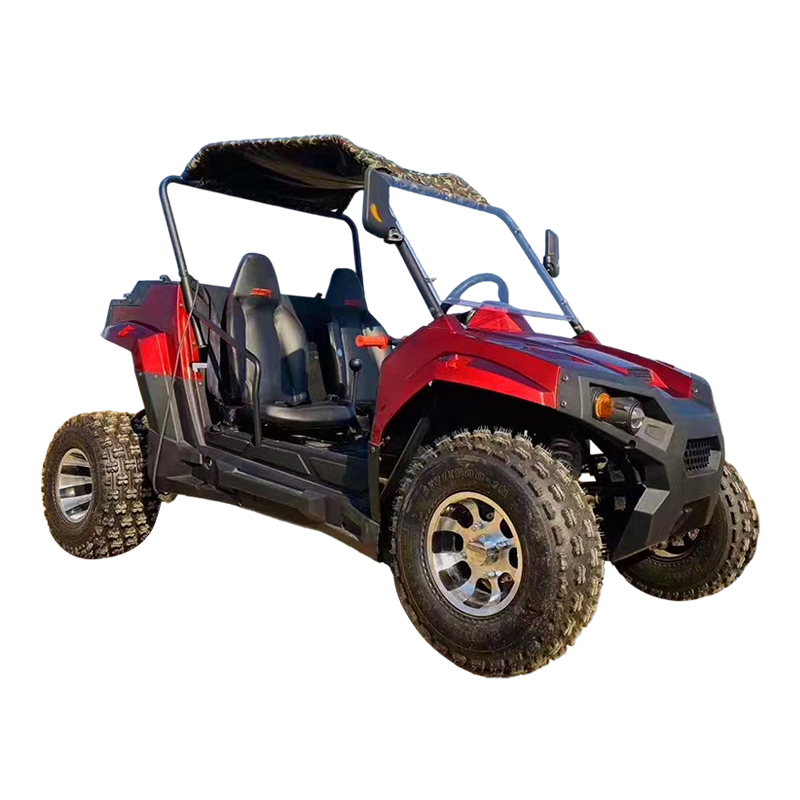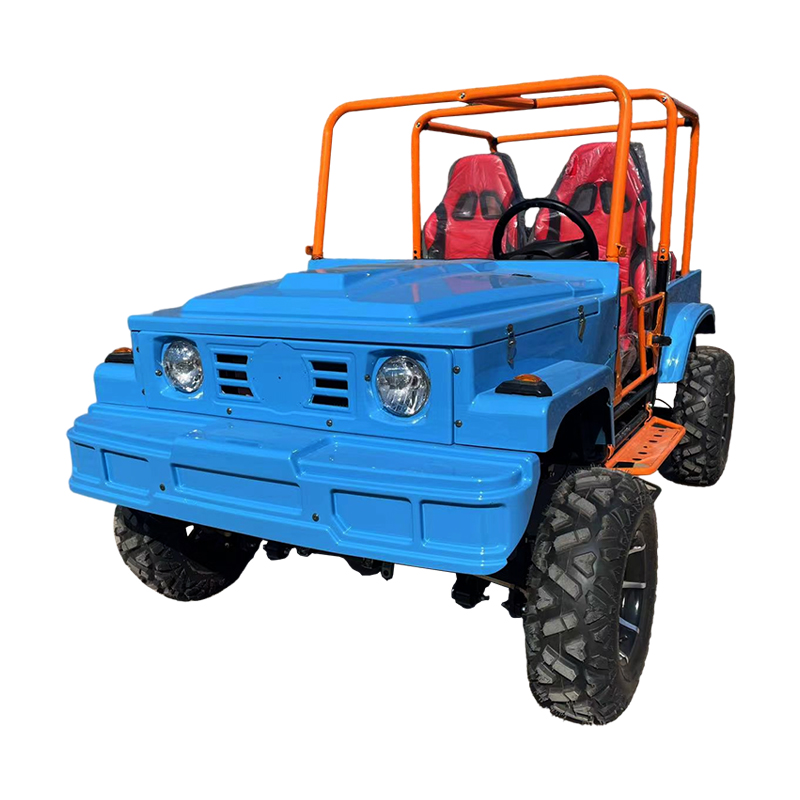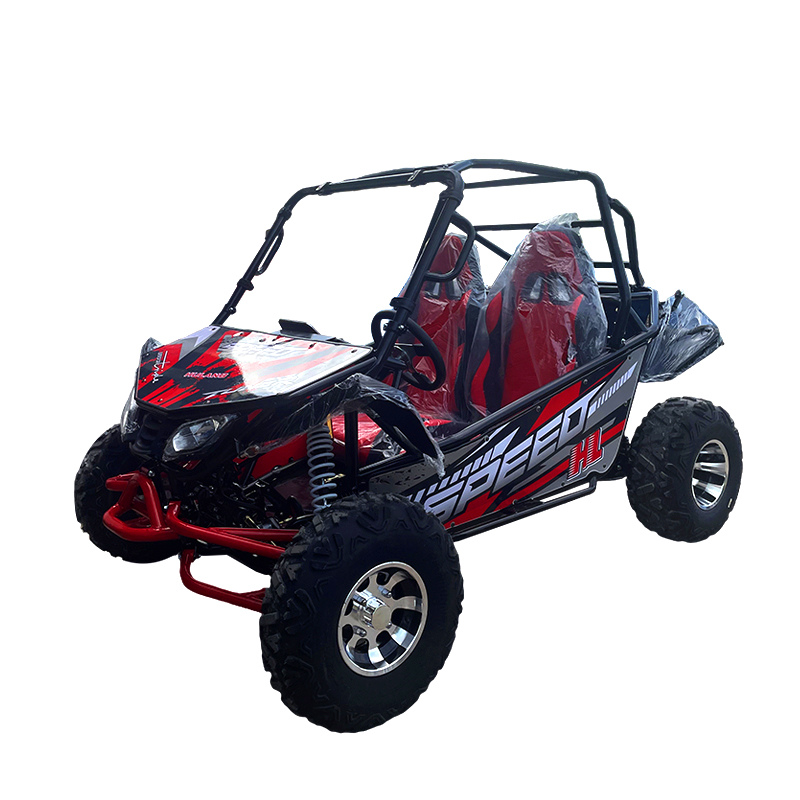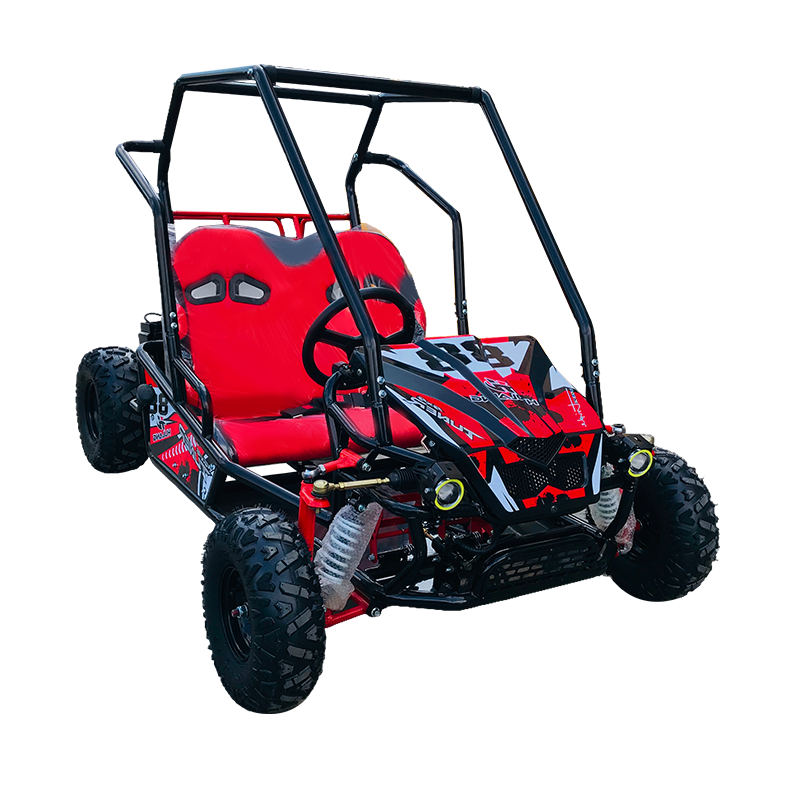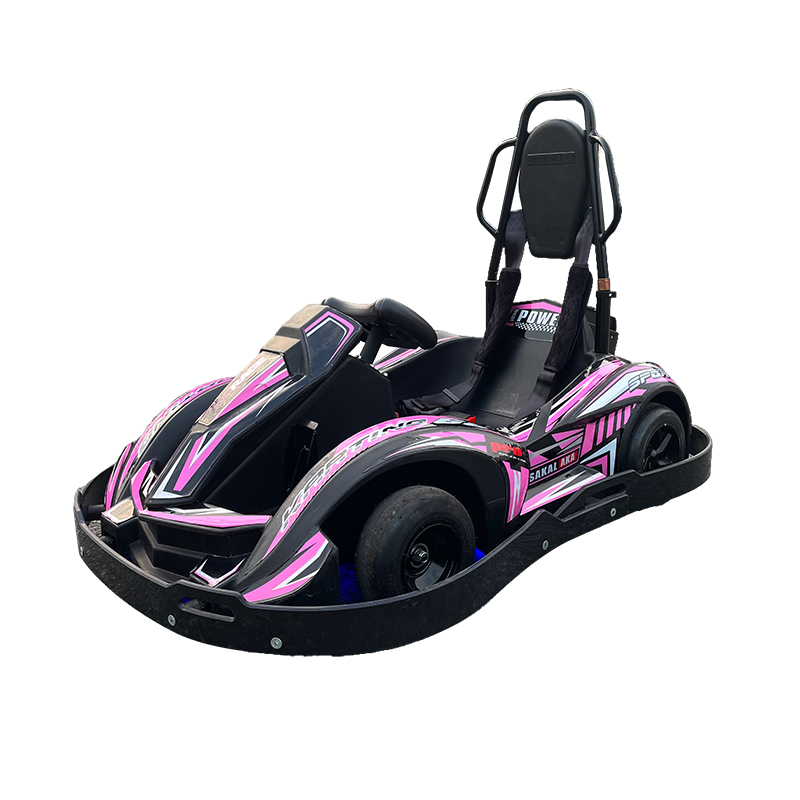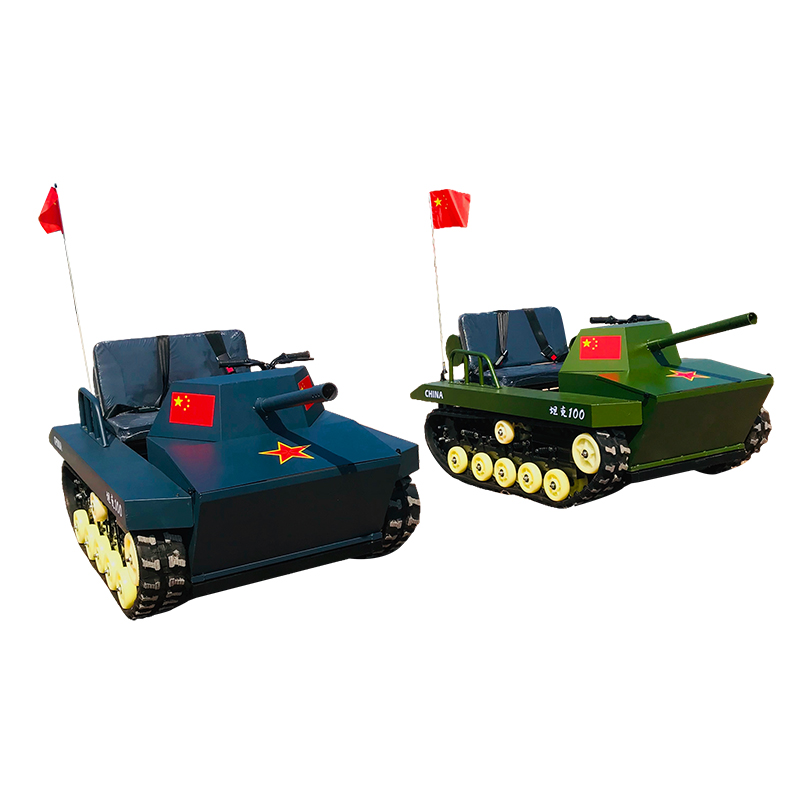All-terrain vehicles (ATVs) offer thrilling outdoor experiences, combining power and mobility to navigate various environments. However, the excitement of riding a quad ATV must be balanced with a strong commitment to safety. Whether you're a beginner or an experienced rider, understanding and practicing proper safety procedures is critical.
I. Preparation Before Riding
1. Professional Training
Operating a quad ATV requires more than just enthusiasm. Riders, especially beginners, should undergo hands-on training provided by certified instructors. These courses cover fundamental skills such as throttle control, braking, gear shifting, and steering techniques. Even seasoned drivers should spend time at low speeds reacquainting themselves with their terrain vehicle before venturing into complex trails or high-speed rides.
2. Safety Inspection
Before each ride, a comprehensive pre-ride inspection is crucial. Check the tire pressure, brakes, suspension system, and fluid levels (oil, coolant, or brake fluid). For electric quad ATV models, ensure the battery is fully charged. For gas-powered models, verify that the fuel tank is adequately filled. These checks help prevent mechanical failure and ensure the off road vehicle is ready for unpredictable terrain.
3. Protective Gear
Wearing proper safety gear significantly reduces the risk of injury. Riders must wear a DOT-approved helmet and goggles or a full-face shield to protect against debris. It's also highly recommended to wear long-sleeved shirts and pants, anti-slip gloves, and sturdy high-top boots. This attire helps prevent abrasions in the event of a fall and protects against flying gravel or branches common in off road vehicle trails.
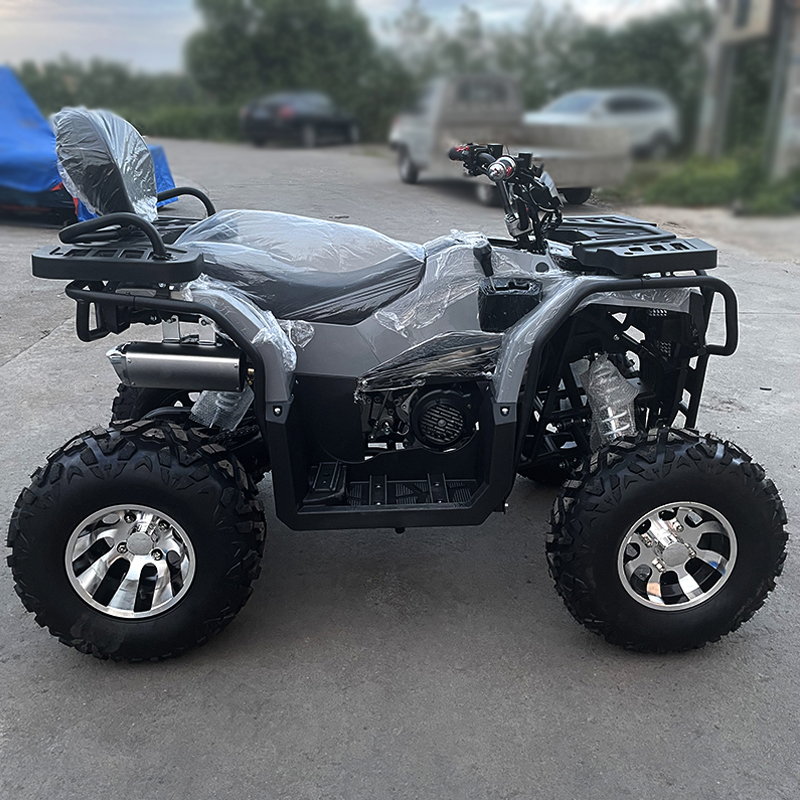
II. Key Driving Operations
1. Fundamental Principles
Always ride with both hands on the handlebars and feet on the footrests. Body positioning is essential—shift your weight appropriately based on the terrain. For instance, leaning forward on an uphill and backward on a downhill improves balance and control. When approaching steep slopes or tight turns, reduce speed and avoid sudden maneuvers that may cause accidents, especially on a terrain vehicle.
2. Terrain-Specific Techniques
- Uphill: Lean forward, apply steady throttle, and avoid stopping mid-climb. If stopping is unavoidable, apply the front brake before the rear to maintain stability.
- Downhill: Shift your body backward and rely primarily on the rear brake to prevent front-wheel lockup or flipping.
- Turning: At low speeds, use the handlebars and slightly lean outward. At higher speeds, adjust your center of gravity more dramatically for control and safety.
3. Risk Avoidance
Never operate a quad ATV while under the influence of alcohol, medication, or while fatigued. Dangerous behavior such as riding one-handed to film videos or selfies is prohibited. Children should only ride child-sized terrain vehicles, always under adult supervision and preferably with additional safety features such as speed governors and reinforced steel frames.
III. Environment and Equipment Adaptation
Environmental factors greatly impact vehicle performance. In wet or snowy conditions, braking distances increase, and traction decreases. Avoid sudden acceleration or braking on slippery surfaces. Selecting the appropriate off road vehicle for the environment is essential. For children, models like the Apollo RXF provide protective framing. Adults should choose quad ATVs with reliable suspension and braking systems tailored to the terrain type.
IV. Emergency Handling
Should your quad ATV behave abnormally, stop immediately and assess the situation. For minor slips or skids, ease off the throttle and shift your weight to regain balance. Avoid overcorrecting the direction as it can result in a rollover. Carry a basic toolkit and communication device in remote areas, especially when exploring rugged trails with your terrain vehicle.
Safety while riding off road vehicles comes down to the training-protection-cautious operation principle. By receiving proper instruction, wearing the right gear, conducting vehicle checks, and adapting to terrain, riders can minimize risks and enjoy the freedom that quad ATVs and terrain vehicles offer. Whether for recreation, farm work, or exploration, responsible riding ensures a thrilling yet safe off-road experience.


